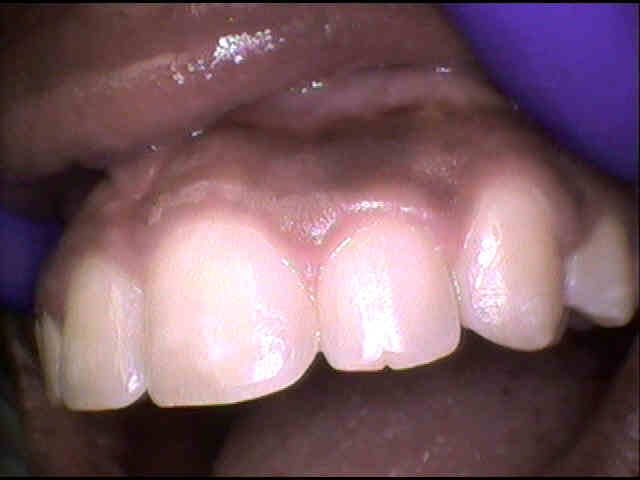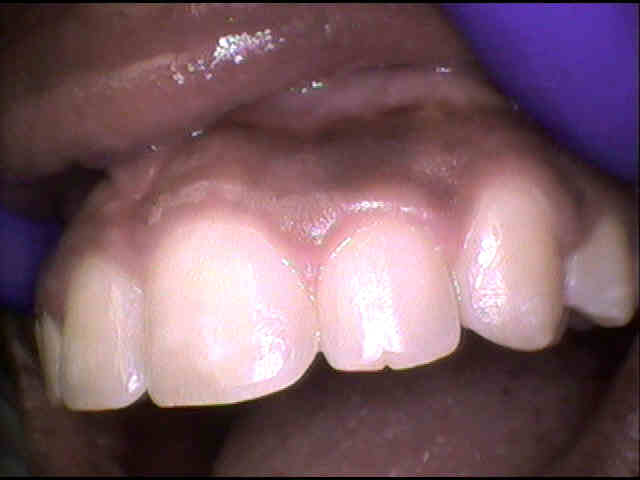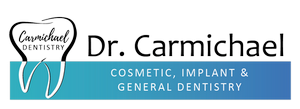Gingivectomy Is Periodontal Surgery That Removes & Reforms Diseased Gum Tissue

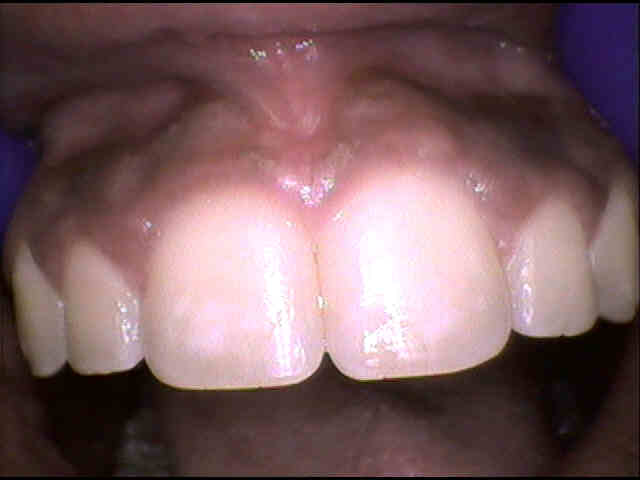

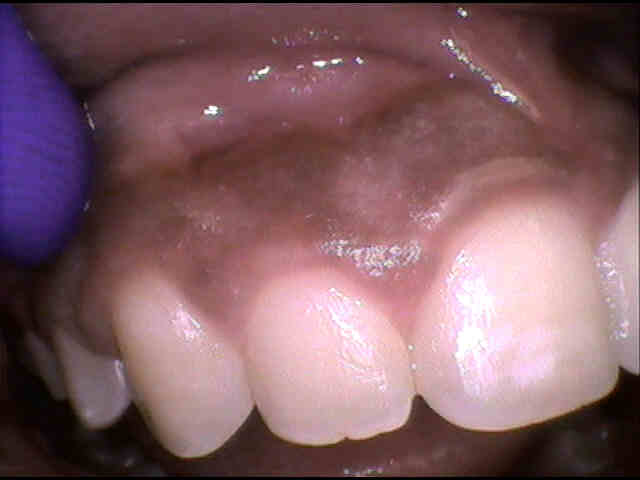
Gingivectomy is periodontal surgery that removes and reforms diseased gum tissue or other gingival buildup related to serious underlying conditions. For more chronic gingival conditions, gingivectomy is utilized after other non-surgical methods have been tried, and before gum disease has advanced enough to jeopardize the ligaments and bone supporting the teeth. Performed in a dentist’s office, the surgery is primarily done under local anesthetic. Clinical attachment levels of the gum to teeth and supporting structures determine the success of the surgery. Surgery required beyond gingivectomy involves the regeneration of attachment structures through tissue and bone grafts.
In healthy gums, there is very little space between the gum and tooth, usually less than 0.15 in (4 mm). With regular brushing and flossing, most gums stay healthy and firm unless there are underlying hereditary or immunosuppressive conditions that affect the gums. The continuum of progressive bacterial infection of the gums leads to two main conditions in the periodontium: gingivitis and periodontitis. Such external factors as smoking, and certain illnesses such as diabetes are associated with periodontal disease and increase the severity of disease in the gum tissue, support, and bone structures. Two types of procedures are necessitated by the severity of gum retreat from the teeth, represented by periodontal pockets. Both nonsurgical and surgical procedures are designed to eliminate these pockets and restore gum to the teeth, thereby ensuring the retention of teeth.
Periodontitis is the generalized condition of the periodontium in which gums are so inflamed by bacteria-produced calculus that they separate from the teeth, creating large pockets, with increased destruction of periodontal structures and noticeable tooth mobility. Periodontitis is the stage of the disease that threatens significant ligament damage and tooth loss. If earlier procedures like scaling and root planing cannot restore the gum tissue to a healthy, firm state and pocket depth is still sufficient to warrant treatment, a gingivectomy is indicated.

